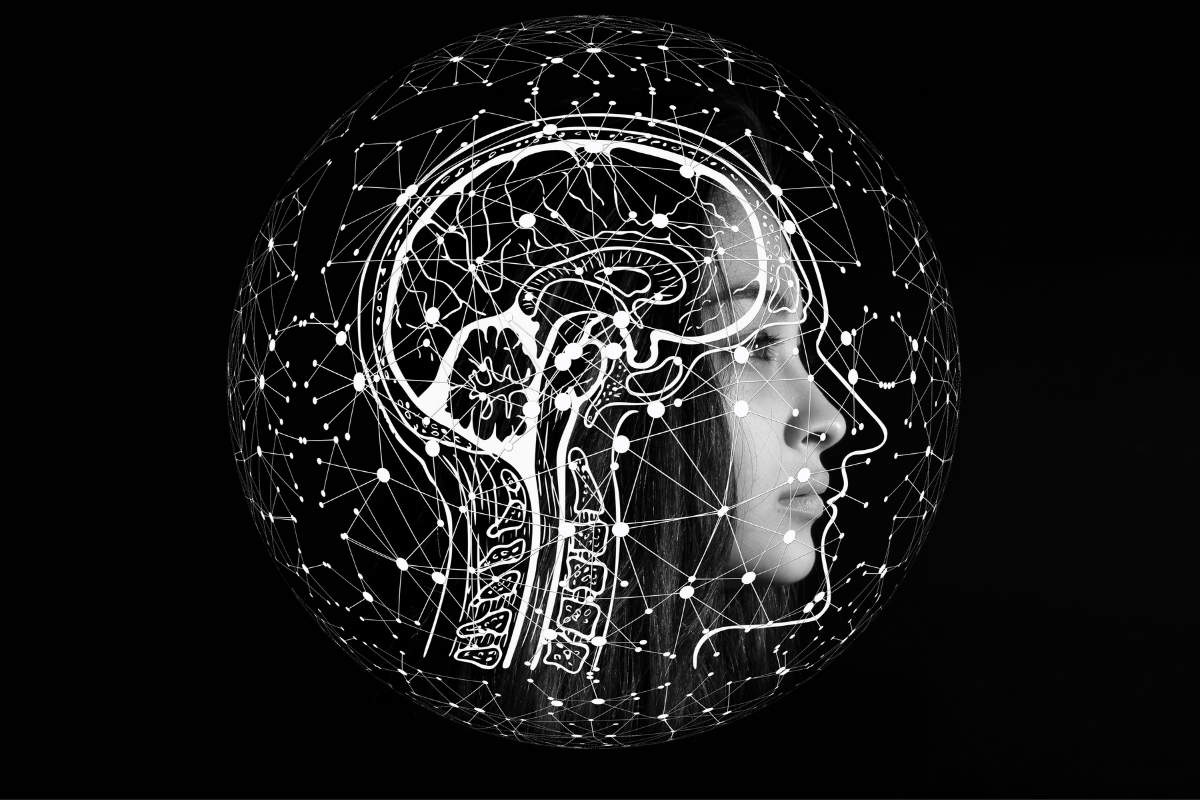
In the novel A Study in Scarlet, Sherlock Holmes reflects on memory by comparing it to an attic that slowly fills up with the tools, things, and furniture we collect along the way. According to Sherlock, a wise man collects only what is useful and relevant to his work.
But he says it’s pointless to learn everything you can because sooner or later the attic will be full of junk and you won’t find anything there. Similarly, when you learn something new, something old is forgotten. Watson wondered at Sherlock’s lack of general knowledge, as he concentrated only on the information relevant to his work.
Was Sherlock right in his description?
Sherlock’s view is more than a century old and represents the traditional view of memory as a repository where memories are stored as a whole over a lifetime. In the light of modern knowledge, memory is seen as a more complex entity, but there is some truth in the attic analogy.
Sherlock’s way of thinking represents a kind of specialism. According to this view, efficiency, performance, and true expertise come from concentrating mental resources on a single task. Work is more efficient, and knowledge is deeper, but creativity and the ability to integrate big-picture ideas are more challenging.
At the other extreme, the generalist draws on knowledge and skills from a broad field, where knowledge and memories are more fragmented, but combining them and bringing them into new contexts allows for completely new solutions and creative work. Especially in today’s world, the knowledge of a single subject is less important than the ability to use knowledge and tools in ever-changing environments.
Memory is like a network
Memory is not actually located in any single part of the brain, although the hippocampus, located in the temporal lobes of the brain, plays an important role in the creation of new memories.
When learning, brain neurons send electrical impulses to each other through synapses in the neural connections they form. The stronger the neural connections, the faster and more efficiently the impulses travel. Similarly, as you repeat and review what you have learned, the connections between neurons become stronger, and the neurons form new connections with each other.
Different parts of the brain manage information from different sensory stimuli as well as learned entities. In practice, however, the brain is almost always used more widely, and learning requires more than one area. The more often the neural networks involved in learning are active, the more reliably we remember the information stored in them.
So you can think of memory as the formation of forest trails. The more you walk along a path, the easier it is to keep going and the faster you find the paths.
However, it is not entirely wrong to think of memory in the traditional sense of a storage device or a computer hard disk. When you learn something new, you store it in a “store,” from which it can be retrieved later when you need to actively work on it again. It’s hard to find anything in cluttered storage, and you can’t find dusty stuff under the others.
When you are trying to remember something, how effectively you can recall it depends largely on the strength of the neural networks and connections you have formed. In an exam, for example, you might struggle with an answer you know you know but can’t recall at the moment. This usually means that you have learned the subject, but it has not been reviewed and recalled enough so that the neural impulses are not moving efficiently and you are unable to recall everything needed in your working memory.
Memory characteristics and the effectiveness of memory techniques
The human brain is not adapted to efficiently remember large amounts of theoretical information, written material, or figures. These features have not been of much help to the survival of our species so far, although in the future the brain may well evolve in a more ‘analytical’ direction.
Instead, we remember effectively:
- Places and routes
- Causal relationships, stories, and parables
- unusual events
- Things that evoke a strong emotional response
- First impressions of people we meet (but not necessarily names or other facts)
- Concrete things
- Things we repeat and use all the time in our daily lives
Memory competition champions use techniques based on these very features of our memory. For example, the place method relies heavily on our ability to remember places and the concrete and memorable things that happen in those places.
The use of memory techniques in learning is a hugely useful addition, particularly in terms of review and active recall. The techniques themselves do not guarantee that you will understand what you have learned or grasp the big picture, but they do help you to remember the information when you need it.
Preparing for the exam without memory techniques
- Study (reading, lectures, reviewing materials, taking notes)
- review (re-reading, self-testing)
- Test or exam
Preparation for the exam using memory techniques
- Study (reading, lectures, reviewing materials, taking notes)
- using memory techniques (generating keywords, creating memory routes, linking)
- review (memorization using memory techniques, re-reading if necessary)
- Test or exam
Memorization may sound old-fashioned, but it is actually a very effective way to learn, as long as you do it right.
If you are interested in memory and using memory techniques as part of your learning, check out our lessons on the subject.




